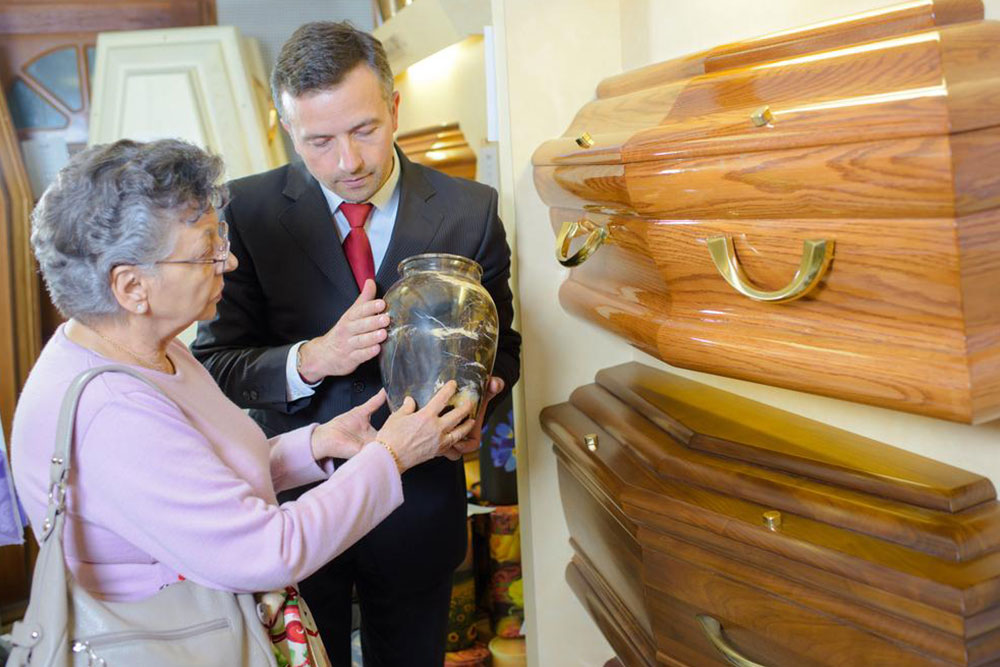Guide to Locating a Burial Site in Seven Steps
This comprehensive guide provides seven practical steps to help you find a loved one's burial site. From gathering initial details and using online tools to contacting authorities and handling unmarked graves, the process is made accessible through modern resources and respectful research methods. Whether searching for a marked or unmarked grave, this article offers essential tips to assist in your quest for closure and remembrance.
Sponsored

Visiting a loved one's grave offers a meaningful way to honor their memory. Finding the exact burial location can initially seem daunting, but today's digital tools have simplified the process significantly. With basic details like the person's full name and approximate date of passing, you can locate their final resting place more efficiently than ever before.
Gather Essential Details
Collect accurate information about the deceased to streamline your search. Knowing their full name, birth and death dates, and close relatives enhances your chances of success. Middle names and specific dates are especially helpful in narrowing down options.
Research Specific Gravestones
If you know the cemetery, visiting the site can be effective. Review cemetery records to identify the precise location of the grave. Arrive early to ensure ample time for in-person searches.
Utilize Online Resources
Leverage internet tools to aid your search. Many cemeteries provide online maps showing individual graves or family plots, which can save you time and effort. Start with a section of the cemetery and explore systematically.
Check Veteran Memorial Websites
Specialized sites dedicated to military personnel can help locate deceased veterans. These platforms often contain detailed records, and contacting veteran organizations can provide additional insights if online access is limited.
Use the Find-a-Grave App
This popular genealogy app allows users to locate graves, upload photos, and share inscriptions. It’s a valuable tool for tracking down specific sites and connecting with others researching the same individuals.
Contact Funeral Homes or County Offices
If other methods fail, reach out to funeral homes linked to the deceased or visit the county clerk's office. They often hold vital records or burial details, but may require proof of relationship or a fee for access.
Prepare for Cemetery Visits
Researching burial sites of old or unmarked graves can be complex, especially for older or relocated graves. In such cases, thorough investigation and patience are essential before visiting the site.
Locating Unmarked Graves
Finding unmarked graves is challenging and may involve examining historical records, obituaries, or legal documents. Sometimes, archaeological assistance is necessary. Visiting these graves often involves respectful contemplation, placing flowers, or leaving tokens of remembrance.





